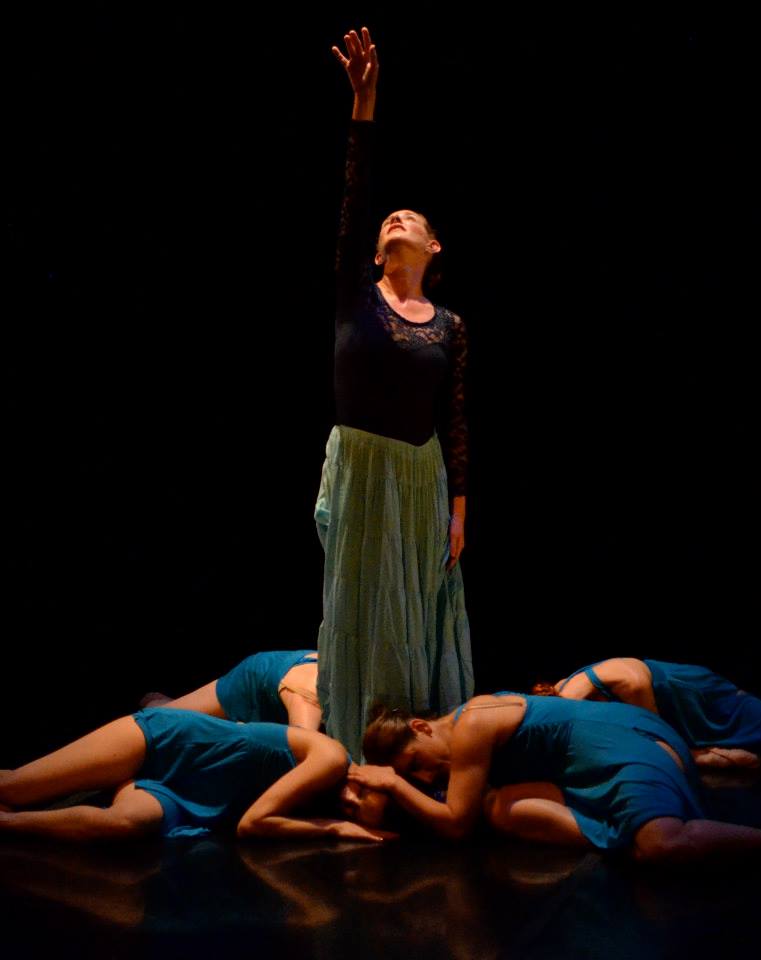An Artistic Quandary
BY JAMIE RAY WRIGHT
As a black man, I have been heartbroken and upset over the recent events in Ferguson, MO and Staten Island. It is one of a whole line of incidents that have become all too familiar to people of color in the United States.
My most vivid memories of racial profiling are from my first three months as a freshman at Stanford University in 1977 when I was stopped on campus more than a dozen times going back and forth between my dorm and one of the myriad campus libraries or jogging. This happened so often that I learned the first names of all the cops who stopped me. Occasionally, I would put on a suit and travel to San Francisco on the train to see a play at the Curran or Golden Gate Theater. Every time I visited San Francisco, I was accosted by uniformed or plain-clothes police with the comment, “You look like someone we’re looking for.” I was once even made to lie on the ground in my dress coat, ruining my white shirt and silk tie, until they found my Stanford ID in my wallet. I was docile and compliant, tamping down the intense rage and embarrassment I felt because I knew I couldn’t win. I carry the humiliation of those incidents to this very day. The recent news of Eric Garner, Michael Brown, John Crawford III and Tamir Rice have brought these feelings of humiliation back to the surface.
These incidents cry out for an artistic statement – for a dance on the subject – but I struggle for the vocabulary. My body of work is not political, it’s personal. I, generally, don’t tell the big stories. I capture small moments of inward-looking reflection and one-on-one interactions. In the midst of political upheaval, people still love, lust, fail to communicate and dream of a fairy godmother to take their specific pain away. These are the subjects of my major works – an angel who can see life but not experience it in Divine Journey, a woman bullied by a clique as she tries to find connection in Bella Donna, a slice of life episode of a lesbian couple I knew at Stanford in Suite for Otis and so on.
I stick to the personal because that is where we all live, regardless of what society is doing, and because I simply don’t believe that dance can adequately express the nuance of complex political and social ideas. There are notable exceptions – Nevabawarldapece and Speaking Ill of the Dead (an intelligent primal scream) by Robert Moses, the Point Shipyard Project (particularly the piece about asthma in the black community) by Raissa Simpson and en-Gulf-ed by Enrico Labayen. But for the most part, the political dances I have seen have been full of anger and earnestness and lacking in scholarship. They have been as illuminating as an inconsolable crying baby, with the same amount of room for rational reflection or discussion. Often, even historical facts are wrong – things like the identity of the protagonists in the story, the juxtaposing of historical individuals who never met or a hyperbolic statement of villainy that doesn’t allow for any mutual understanding or redemption. In other words, political dance so often comes off as shrill. I don’t want to be that artist.
The recent events and the ensuing discussion put me in such a place of sadness and loss of hope for the place of black people in society that I feel that I have to make some kind of statement but I am struggling to find the language in my medium, contemporary ballet, with my five to eight white ballerinas.
Jamie Ray Wright is a graduate from Stanford University with a BA in Economics and the University of San Francisco with an MBA in Marketing. He has served as a member of the Board of Directors since 2006 for Robert Moses Kin and is President Emeritus of the Board of Directors for Push Dance Company. He is currently the Artistic Director of The DanceWright Project. His work and company have been presented throughout the San Francisco Bay Area — at the Black Choreographers Festival/Here and Now (where his choreography opened the 2009 season), in 24 Views and the Pilot Program at ODC Theater, in Collaborations! Dance: Music at the Cowell Theater, and in six annual seasons at Dance Mission. He has been commissioned to create works for And Still Dancing and the Opera Frontiers. In 2012, he choreographed a ballet of the acclaimed Sleeping Beauty Trilogy, by author Anne Rice, which had its world première at Dance Mission. For more information, visit www.dancewright.com.


